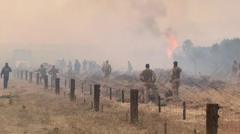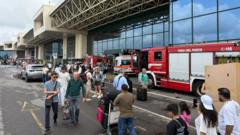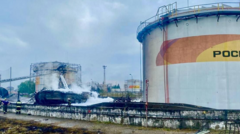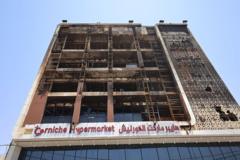The recent fire incident at Heathrow Airport has prompted an in-depth investigation into the facility's electrical infrastructure and operational resilience. Just days before the incident, Nigel Wicking, Head of the Heathrow Airline Operators’ Committee, alerted officials about potential vulnerabilities in the airport's power supply. His warnings came to fruition on March 21 when a fire forced the airport to shut down operations for nearly a day, significantly disrupting travel plans across the globe.
Wicking testified before a parliamentary transport committee, stating, “I had actually warned Heathrow of concerns that we had with regard to the substations.” He emphasized the need for the airport to ensure its infrastructure can withstand emergencies, particularly in light of prior incidents that had raised alarms about theft and security around the substation.
The ramifications of the shutdown were immense, as travelers faced chaos with flight cancellations and delays worldwide. Wicking noted that if the airport had leveraged one of its five terminals more efficiently, operations could have resumed earlier in the day for some flights that were waiting to land. He urged the need for a more resilient system, stating, “We need to make sure it is resilient,” underscoring Heathrow's critical role in international travel.
The incident has illuminated broader concerns about the vulnerabilities of Britain’s infrastructure, with experts estimating that establishing robust backup systems could cost upwards of $100 million and take years to complete. With the global travel industry increasingly dependent on seamless operations at major hubs like Heathrow, the airport’s response to this emergency may set a precedent for future safety protocols and infrastructure investments.
As investigations continue, stakeholders remain focused on improving safety measures and operational protocols to prevent similar incidents from recurring in the future. This situation will likely spur a more comprehensive examination of the resilience of airports worldwide.
Wicking testified before a parliamentary transport committee, stating, “I had actually warned Heathrow of concerns that we had with regard to the substations.” He emphasized the need for the airport to ensure its infrastructure can withstand emergencies, particularly in light of prior incidents that had raised alarms about theft and security around the substation.
The ramifications of the shutdown were immense, as travelers faced chaos with flight cancellations and delays worldwide. Wicking noted that if the airport had leveraged one of its five terminals more efficiently, operations could have resumed earlier in the day for some flights that were waiting to land. He urged the need for a more resilient system, stating, “We need to make sure it is resilient,” underscoring Heathrow's critical role in international travel.
The incident has illuminated broader concerns about the vulnerabilities of Britain’s infrastructure, with experts estimating that establishing robust backup systems could cost upwards of $100 million and take years to complete. With the global travel industry increasingly dependent on seamless operations at major hubs like Heathrow, the airport’s response to this emergency may set a precedent for future safety protocols and infrastructure investments.
As investigations continue, stakeholders remain focused on improving safety measures and operational protocols to prevent similar incidents from recurring in the future. This situation will likely spur a more comprehensive examination of the resilience of airports worldwide.




















